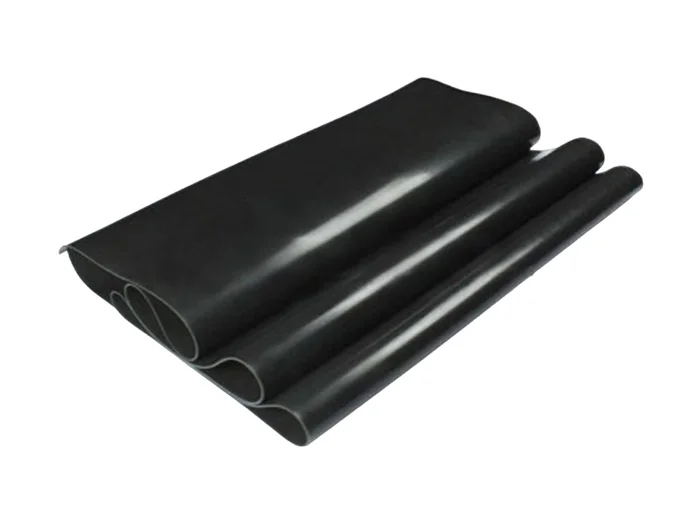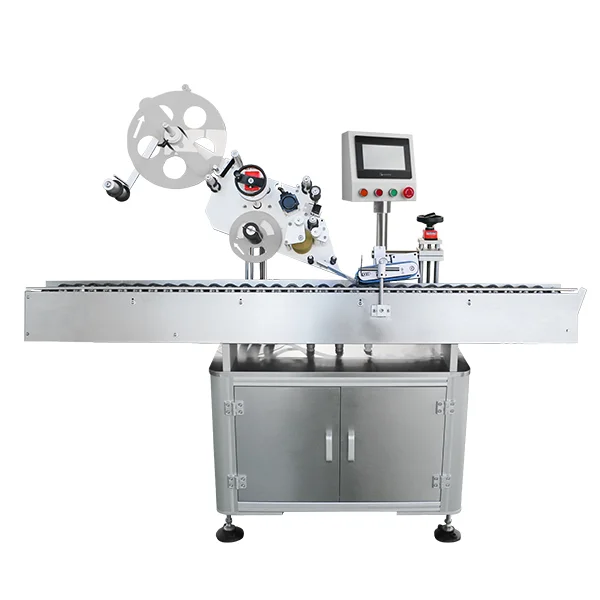In the realm of home and office printing, Canon printers have established themselves as reliable workhorses. However, users often find themselves questioning the functionality of their devices when ink levels run low. This article delves into the critical aspects of how Canon printers operate under low ink conditions, the implications for print quality, and practical tips for managing ink usage effectively.
Understanding Ink Levels in Canon Printers
Canon printers, like many inkjet models, rely on a system of cartridges filled with ink to produce high-quality prints. Each cartridge is designed to dispense a specific amount of ink, and as usage continues, the ink levels deplete. Most Canon printers are equipped with an ink level monitoring system that alerts users when ink is running low. However, the question remains: Will Canon printers work if ink is low?
Functionality of Canon Printers with Low Ink
- Operational Status:
Canon printers are designed to continue functioning even when ink levels are low. However, the extent to which they can operate depends on the specific model and the type of print job being executed. In many cases, users can still print documents, albeit with potential limitations in quality and color accuracy. - Print Quality Considerations:
When ink levels are low, the printer may struggle to produce vibrant colors and sharp text. For instance, if the black ink cartridge is nearly empty, the printer may attempt to compensate by using color inks to create shades of gray. This can lead to prints that appear washed out or have an undesirable color cast. Therefore, while the printer may still function, the output quality may not meet professional standards. - Error Messages and Alerts:
Canon printers are programmed to display error messages when ink levels are critically low. These alerts serve as a warning to users that they should replace the cartridges soon. Ignoring these warnings can lead to complete printer shutdown, as many models will refuse to print until the ink cartridges are replaced.
Practical Tips for Managing Low Ink Situations
- Monitor Ink Levels Regularly:
To avoid unexpected interruptions, users should regularly check ink levels through the printer’s software or control panel. Many Canon printers offer mobile apps that provide real-time updates on ink status, making it easier to manage supplies. - Utilize Draft Mode:
For non-essential documents, consider using the draft mode setting. This mode uses less ink and can extend the life of your cartridges. While the print quality may be lower, it is a practical solution for everyday printing needs. - Purchase High-Yield Cartridges:
For users who frequently print large volumes, investing in high-yield cartridges can be a cost-effective solution. These cartridges contain more ink than standard ones, reducing the frequency of replacements and ensuring that the printer remains operational for longer periods. - Consider Continuous Ink Supply Systems (CISS):
For heavy users, a Continuous Ink Supply System can be an excellent investment. CISS allows for bulk ink storage and can significantly reduce the cost per page while minimizing the hassle of frequent cartridge changes. - Keep Spare Cartridges on Hand:
To prevent downtime, it’s wise to keep a spare set of cartridges readily available. This ensures that you can quickly replace low or empty cartridges without disrupting your workflow.
Conclusion
In summary, while Canon printers can operate with low ink levels, users should be aware of the potential impact on print quality and functionality. By understanding how their printers work and implementing effective ink management strategies, users can ensure that their Canon printers remain reliable tools for their printing needs. Regular monitoring, utilizing draft modes, and considering alternative ink supply options can help mitigate the challenges posed by low ink levels, allowing for a seamless printing experience.



